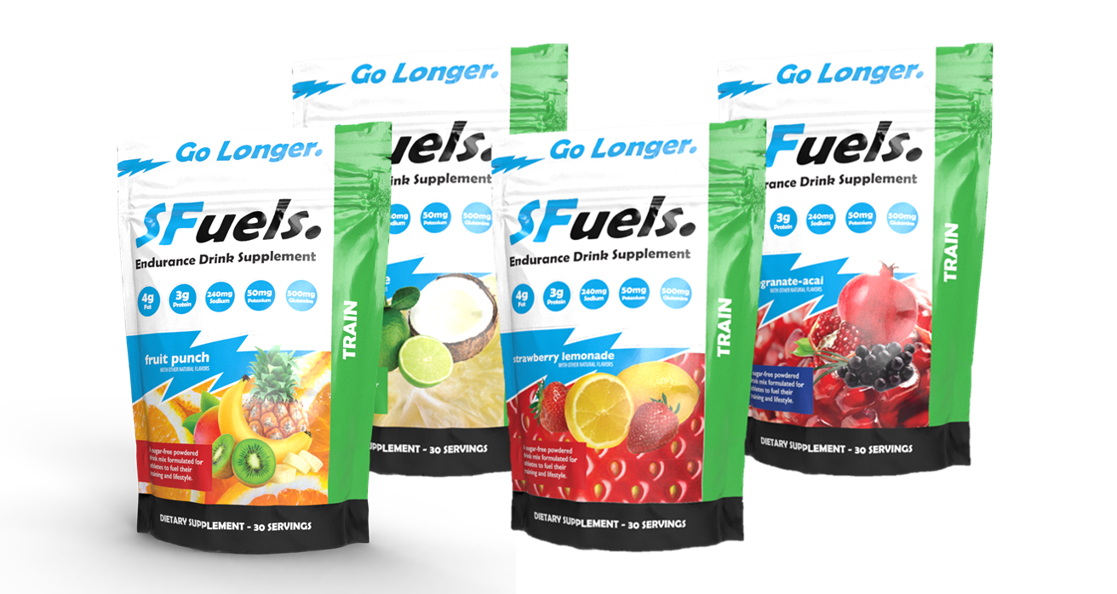

James had many plans for that money, but one of the most obvious was building a better online store for selling fresh coffee beans. So in October 2012, Blue Bottle Coffee raised $20 million from a group of Silicon Valley investors, including GV. If that coffee cart had been Sputnik, the next phase would be more like a moon shot. He wanted to deliver freshly roasted coffee to people’s homes, even if they didn’t live anywhere near a Blue Bottle location. He was still just as passionate about coffee and hospitality, and he wanted to bring the Blue Bottle experience to even more coffee lovers. Even the interior design of the cafés was perfect: wooden shelves, tasteful ceramic tiles, and an understated logo in the perfect shade of sky blue.īut James didn’t consider the business perfect, or complete.

The baristas were friendly and knowledgeable. The coffee was ranked among the best nationwide. It was a business that many would have considered perfect. By 2012, Blue Bottle had locations in San Francisco, Oakland, Manhattan, and Brooklyn. Over the next few years, as the business grew, he slowly opened more cafés. In 2005, he established a permanent Blue Bottle location in a friend’s San Francisco garage. Soon James and his cart, called Blue Bottle Coffee, developed a following. His manner was polite and accommodating, and the coffee was delicious. He carefully roasted beans in a potting shed at home, then drove to farmers’ markets in Berkeley and Oakland, California, where he brewed and sold coffee by the cup. In those days in the San Francisco area, it was nearly impossible to find coffee beans with a roast date printed on the bag. James was obsessed with freshly roasted coffee.
SPRINT CONTACT BOOK PROFESSIONAL
In 2002, a clarinet player named James Freeman quit his job as a professional musician and founded . . . It can replace the old office defaults with a smarter, more respectful, and more effective way of solving problems that brings out the best contributions of everyone on the team-and helps you spend your time on work that really matters. In a Design Sprint, you take a small team, clear your schedules for a week, and rapidly progress from problem, to prototype, to tested solution using the step-by-step five-day process in this book.Ī practical guide to answering critical business questions, Sprint is a book for teams of any size, from small startups to Fortune 100s, from teachers to nonprofits. This method is like fast-forwarding into the future, so you can see how customers react before you invest all the time and expense of creating your new product, service, or campaign.

Now there’s a surefire way to answer these important questions: the Design Sprint, created at Google by Jake Knapp. From inside Google Ventures, a unique five-day process for solving tough problems, proven at thousands of companies in mobile, e-commerce, healthcare, finance, and more.Įntrepreneurs and leaders face big questions every day: What’s the most important place to focus your effort, and how do you start? What will your idea look like in real life? How many meetings and discussions does it take before you can be sure you have the right solution?


 0 kommentar(er)
0 kommentar(er)
